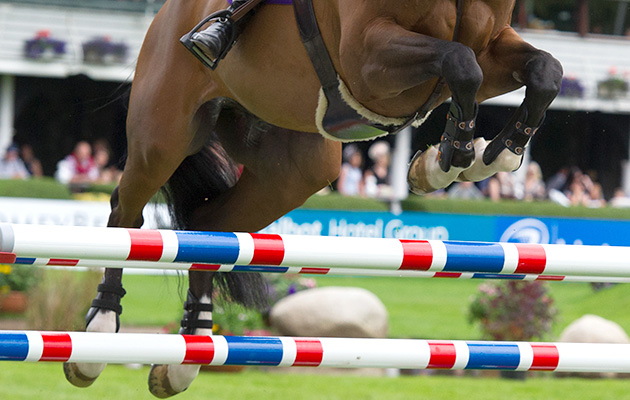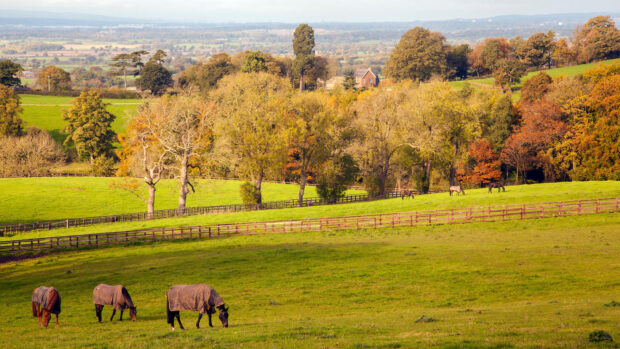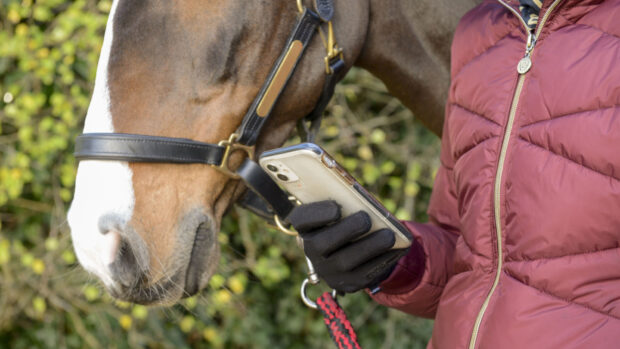Professional riders could be using social media more to their advantage when marketing themselves to brands.
As more companies offer sponsorship opportunities and ambassador roles, the topic of how professional riders use social media compared to equestrian influencers, and the importance of brands understanding the difference between what the two can offer, has been discussed.
Equestrian PR and marketing consultant Rhea Freeman told H&H she believes professional riders could be losing out on opportunities to equine influencers and could use social media platforms better from a marketing point of view.
“A lot of brands at the moment are moving more towards using influencers because they are guaranteeing that exposure across social media. Influencers include them in their content and videos and really help promote the brand to their followers,” she said.
“I absolutely don’t have a problem with this, but I think riders bring a whole different set of things to the table which can be so positive for the brand and themselves. But if riders want to get sponsorship, it’s really important they look beyond their riding talent, because there is such strength coming from influencers, who are doing a really good job.”
Ms Freeman added that providing “behind the scenes access” via social media is a good way for professional riders to build their online following.
“They don’t necessarily need to learn how to create all different sorts of content and videos, but it could be as simple as sharing what they do for fitness work and wear while doing it or what their horses eat. It’s these things they are doing anyway, and they can really show their expertise in it,” she said. “For a brand, getting tagged in that content is really valuable because that’s a sort of living endorsement, showing products in situ being used.”
“Riders don’t have to share every aspect of their life, but by not sharing anything on social media, they’re potentially doing themselves a disservice and preventing sponsors from working with them – it’s a wasted opportunity.”
Sarah Skillin of equestrian marketing agency EquiConsulting agreed some professional riders could improve their use of social media, but added that a lack of time factors in.
“Everything takes time and money, so while some riders could be losing out, it’s not always necessarily their fault. Riders are often running a business, looking after their employees and looking after owners,” she said.
“For brands, audience is really key. There’s a place for professional riders and influencers, and I think riders have got a lot to learn from influencers, but brands have to realise there is a big difference between the two and maybe placing the same demands on riders as influencers isn’t the right way to go. If a brand wants a tailored post about their product each week and a different one on Facebook and Instagram, and say that rider has 15 sponsors asking the same thing, they just wouldn’t have the time to do it.”
Feed manufacturer Spillers supports professional and grassroots riders and told H&H it has different strategies and expectations for each group. The company’s “supported professional riders” include William Fox-Pitt, Joe Stockdale and Ben Maher, and the grassroots riders include 10 ambassadors who have been appointed from across the disciplines.
“Quite simply, our professional riders bring an impressive extra stamp of authority to our products, based on their experience and success. With our influencers we don’t expect such a high level of prowess in the saddle, rather a good grasp of what works well on social and how to maximise our reach,” said Spillers social media manager Bella Fricker.
“Professional riders tend to have a lot more horses and thus require greater tonnages of feed, but deliver ‘equestrian celebrity’ impact. Influencers on the other hand usually only have one or two horses, so the cost of us supplying feed is considerably less and they tend to engage well across our leisure category.
“Our end users like to know what the professionals feed and how they perform, but they also enjoy engaging content from horse owners they can really relate to. It’s all about achieving a balance – there is a place for both.”
Ms Fricker said the “sweet spot” is professional riders who are successful within their own rights, but also good on social media and said that Joe Stockdale is an “excellent example”.
“I would encourage pro riders who are not confident on social to make the investment in working with PR or marketing freelancers to support them. It really does make the difference and presents a ‘complete package’, which is hard for a brand to turn down,” she said.
You might also be interested in:

How can equestrian influencers and riders make money on social media? H&H investigates…

How to keep (and lose) a sponsor

Subscribe to Horse & Hound magazine today – and enjoy unlimited website access all year round
Horse & Hound magazine, out every Thursday, is packed with all the latest news and reports, as well as interviews, specials, nostalgia, vet and training advice. Find how you can enjoy the magazine delivered to your door every week, plus options to upgrade your subscription to access our online service that brings you breaking news and reports as well as other benefits.



